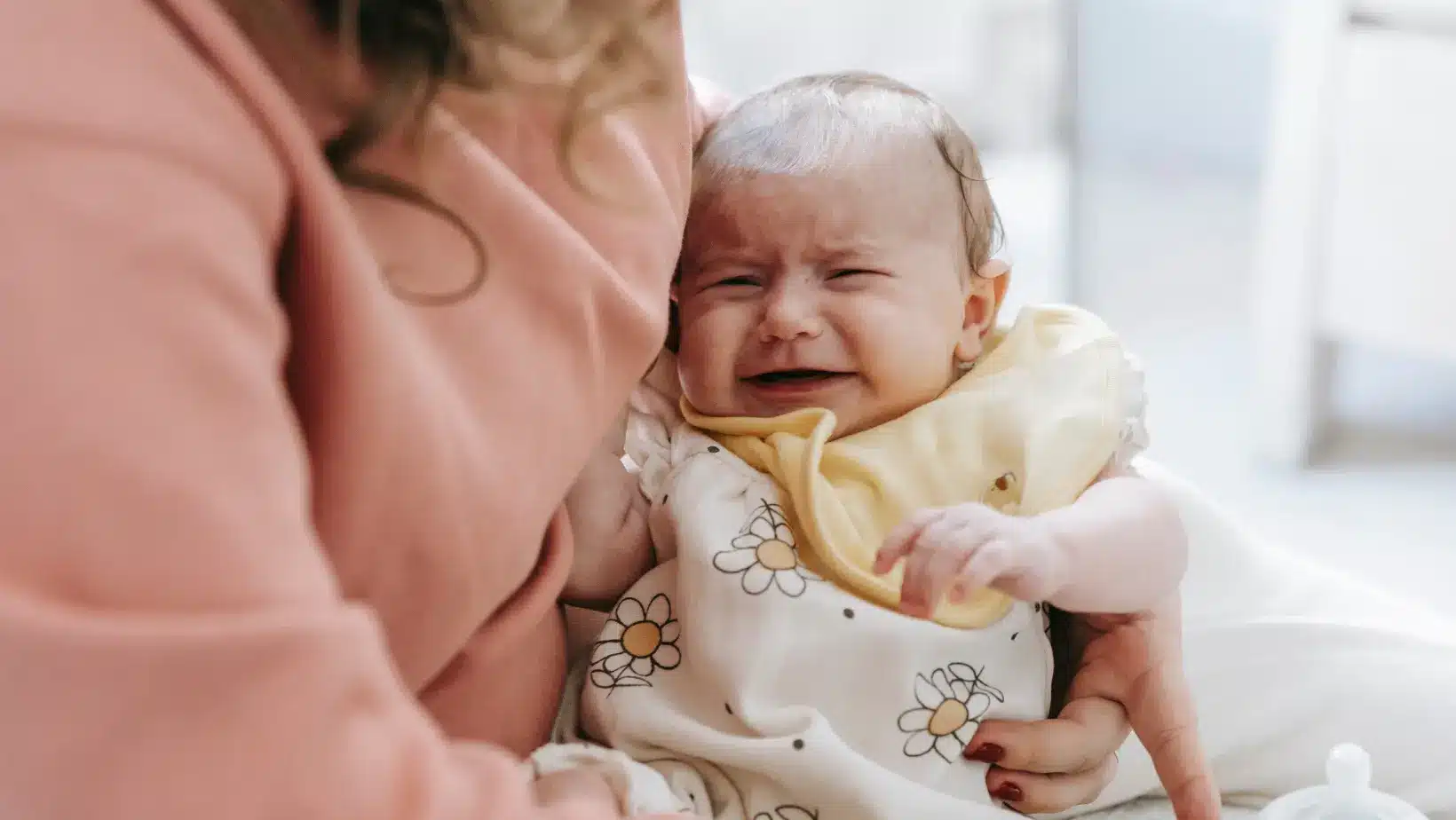Updated article : April 2024.
I am breastfeeding my one-month-old baby, and I pump my milk to store it. I don’t really know how to properly wash my breast pump and bottles that I use to avoid transmitting microbes to my baby. What do I need to do?
It’s important that your breast pump and bottles are properly cleaned. Follow the manufacturer’s instructions, because each company suggests different ways to clean their products. Properly cleaning these tools can avoid possible infections such as thrush (candida, fungal infections).
The first thing you need to do is to rinse your breast pump or bottle with cold water after using it. This helps avoid the build-up of milk residue. Don’t use hot water because it might cook the milk and create zones that can be easily infected with microbes.
Cleaning the breast pump
For your breast pump, you can rinse it each time you use it, then in the evening, you can wash your breast pump parts with soapy water and then rinse with hot tap water to finish. A breast pump should not be sterilised frequently with boiling water, as the components may be damaged over time. What’s more, thanks to the high antibody content of breast milk, contamination is less likely than with commercial milk.
Cleaning the bottle
For your bottles, you should start with a cold rinse, but you should sterilise them until your baby is four months old if fed with commercial formula. However, with INSPQ update from 2024, rigorous cleaning, as mentioned above, would be sufficient if the bottle contains only breast milk.
You can sterilise the bottles in a pot with boiling water, in high-temperature dishwashers, in a steriliser made for this, or in a sterilisation bag in the microwave. You can choose the way you find best!
Marie Fortier
The Baby Expert


